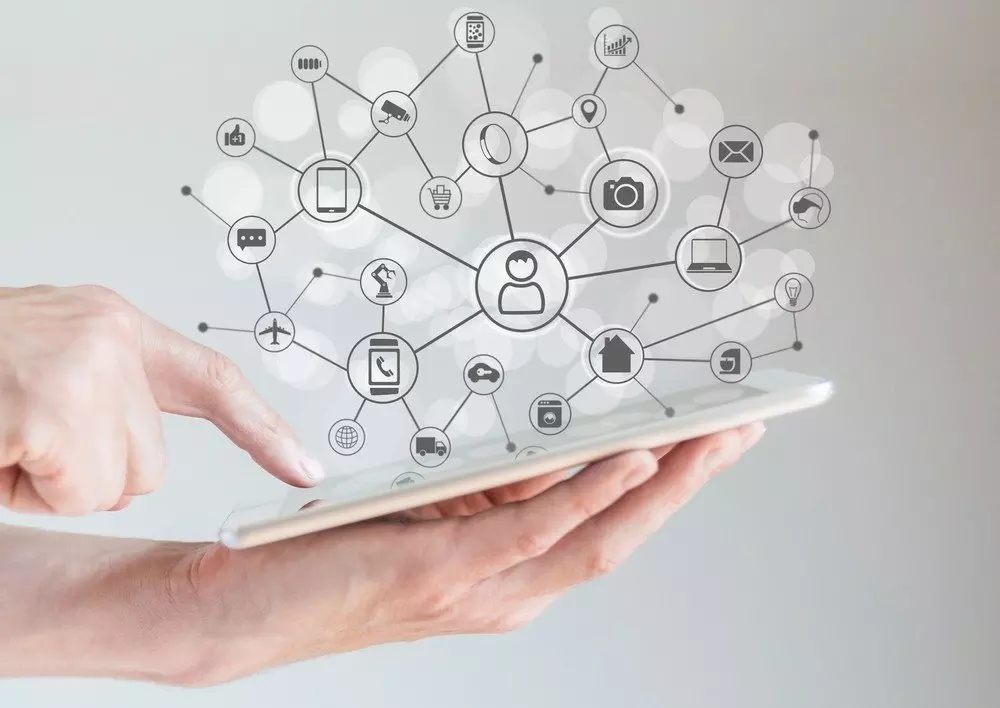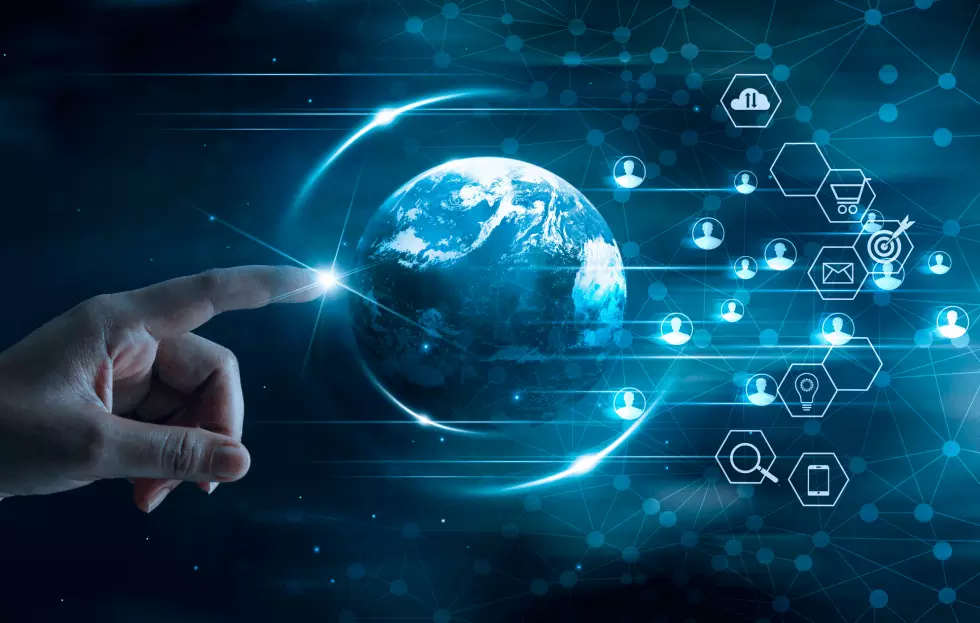Comments
- No comments found

Companies are using manual processes for Know-Your-Customer (KYC) verification, contracts, patient reports, order forms, and insurance claims.
For them, the paperless work environment is still a dream whilst digitization is getting on.
Document processing technology has been around for a long time ago, it serves a single purpose or sticks to a certain document like invoice processing. Paper documents received by banks, healthcare providers, and insurance companies are stuck anywhere in the document bundle. Not only this, documents in different templates from different vendors, with non-standard field signatures, photographs, legal-sized or letter-sized, and rent orientation also stuck.

OCR is the procedure that converts image-to-text into a machine-readable format. For example, if an employee scans a receipt or a form, the software saves the process as an image file. Employees can’t use any text editor to edit, explore, or word count in the image file.
OCR struggles with distortions and non-standard document formats that lead to inaccuracies that hit productivity poorly and hinder straight-through processing rates. It captures just analog and singular moments that can’t be copied, shared, saved, or archived in the cloud. The information can’t be reassembled or broken down into pieces to build new stories and metadata is completely lost at this moment, as it were.
Companies are looking for ways to capture metadata and have the potential to reach a paperless world through intelligent automation with OCR. That enables organizations to use end-to-end processing and capture through recognition to validation, classification, verification, and integration with EHR, ERP, SCM, CMS, and core platforms.
OCR is a very useful way to process diverse documents like PDFs, photocopies, images, handwritten documents, grainy photographs, and faxes with end-to-end encryption. The OCR technology identifies field extraction of relevant data like customer name and country. Moreover, systems also recognize them through different categories like rule, content, and image-based.
Verification can also be done manually and IDP implementation changes the whole scenario of departments. There are strategies that organizations can utilize to ensure the successful implementation of advanced techniques.
ICR is the most advanced way of optical character recognition. It is used to extract and interpret all types of information from scanned forms and documents like IDs, invoices, and contracts. It uses computer algorithms to process and recognize letters or numbers and scanned images.
By using machine learning and natural language processing, it has the potential to cope with unstructured documents and those areas, where the information is not always in the same order or layout. Whereas OCR turns a scanned invoice into an undifferentiated character stream, ICR has the potential to identify which characters represent the company name, date, and amount.
Getting started with ICR requires hands-on training for CFOs and business analysts to understand this. Employees that take part in document verification require training on how they can assist. Although it will open them for more skillful tasks or duties. Due to these challenges, a clear and concise structure is needed to implement ICR successfully. It means structured and unstructured change management and IT or business functions alignment are crucial.
ICR initiatives will be needed to align with automation which requires collaboration between the automation center of excellence and the central data capture team. It will be helpful to embed IR in the automation as this can streamline cross-linking.
To monitor and measure the ICR solution's effectiveness, KPIs will be needed to proactively define, identify and revise through the progress of implementation. Some of the best practices are providing robust skillful training with historical documents. Not only this validating the correctness of data labels that are used to train the models with documents available to train the model.
ICR is a part of OCR but the major difference is usually not set up to identify handwriting. It usually scans the paper and typed documents that turn into texts so they can be categorized and searched easily.
OCR-scanned texts can easily be copied and pasted while on the other hand, ICR technology focuses on printed or handwritten materials that use more complex fonts.

ICR and OCR help large organizations in diverse ways:
Manual data entry is labor-intensive, prone to human error, and costly. ICR and OCR support companies by digitizing data sources and eliminating manual data entry bases.
Businesses rely on high paperwork volume and scanning helps them to increase productivity and saves time. For Example, invoices and bills entered into workflow automation provide an instant pipeline from receipt to digital delivery to the required departments.
Physical documents can be damaged or lost, and an OCR and ICR offer a digital backup that takes a required space. The digital information can search quickly versus manually searching the documents in the storage area.
Luke Fitzpatrick has been published in Forbes, Yahoo! News and Influencive. He is also a guest lecturer at the University of Sydney, lecturing in Cross-Cultural Management and the Pre-MBA Program. You can connect with him on LinkedIn.
Leave your comments
Post comment as a guest